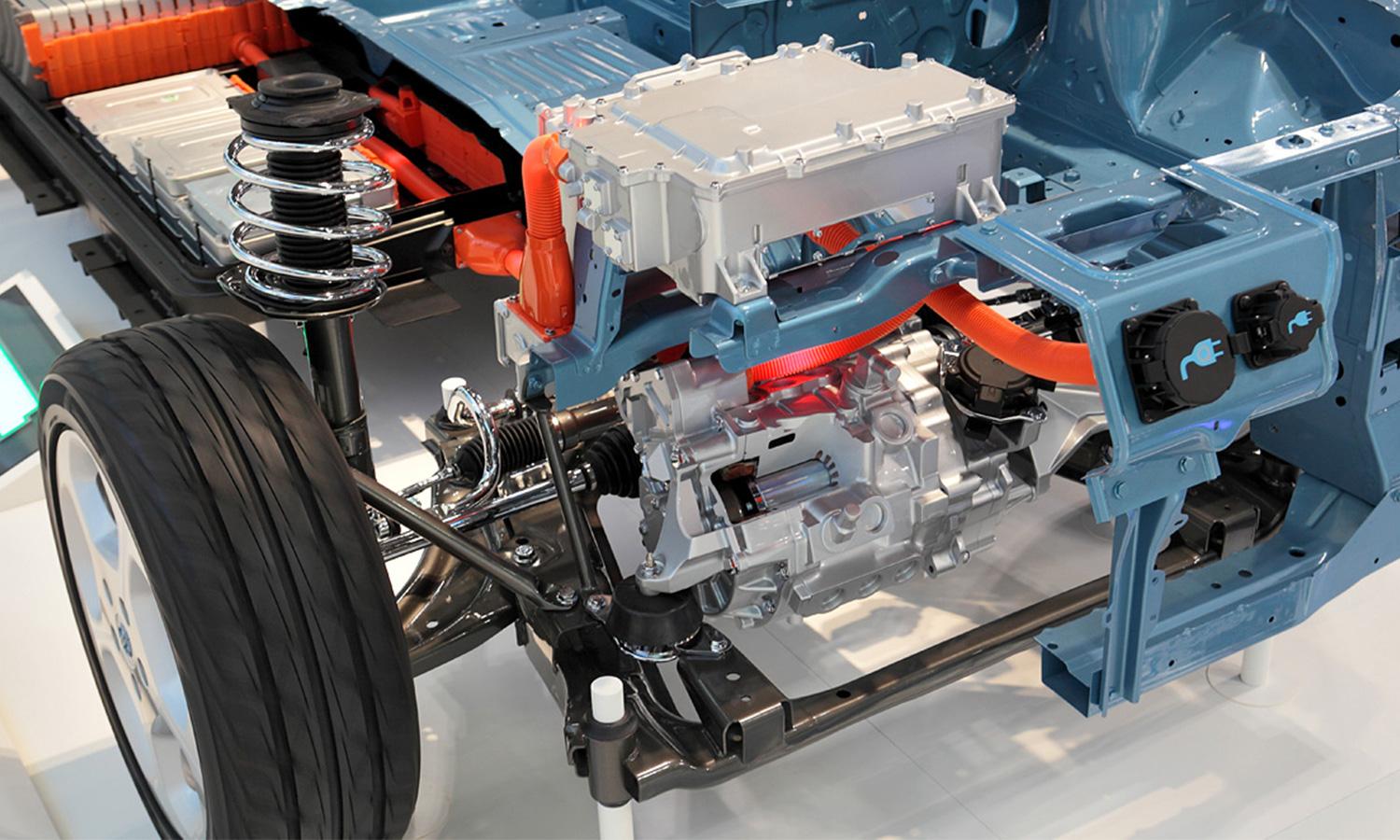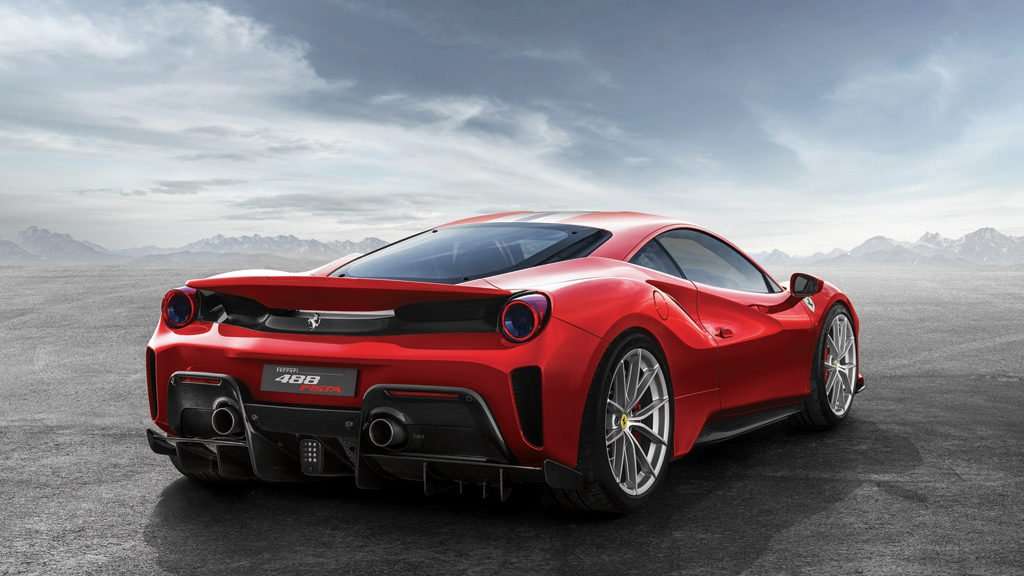
electric car engine
The rise of sustainable mobility has propelled the electric car engine into the spotlight of automotive evolution. Unlike traditional combustion systems, this innovation replaces fuel with stored electrical energy, delivering power with precision and minimal environmental impact. In 2025, it has become more than a novelty; it represents a paradigm shift, reshaping the way society perceives movement and progress.
How Electric Power Is Delivered
Electric propulsion relies on a relatively straightforward principle. Energy stored in batteries is converted into motion through advanced motors that deliver instant torque. This means drivers experience seamless acceleration without the lag often associated with conventional drivetrains. The elegance of this mechanism lies in its simplicity: fewer moving parts reduce wear, extend longevity, and create a near-silent operation that transforms the driving experience.
Efficiency Redefined
Unlike their combustion counterparts, modern electric systems waste far less energy. Instead of losing vast amounts of heat during operation, these vehicles direct most of their stored charge into usable performance. This efficiency translates into lower operational costs and enhanced sustainability. For urban commuters or long-distance travelers, the difference in energy consumption is both practical and financially rewarding.
The Role of Electric Batteries
Batteries act as the heart of contemporary propulsion. Their capacity, measured in kilowatt-hours, determines range and performance. Lithium-ion remains the standard in 2025, offering a balance of energy density and durability. Yet solid-state technology is gaining momentum, promising faster charging, lighter weight, and superior lifespan. The evolution of batteries is central to unlocking the full potential of next-generation mobility.
Regenerative Braking Systems
One of the most remarkable aspects of modern vehicles is the ability to recapture energy. Through regenerative braking, kinetic energy normally lost as heat during deceleration is converted back into stored charge. This not only extends range but also improves overall efficiency. Drivers notice a unique feel in the pedal, a subtle reminder of the sophistication beneath the surface.
Electric Environmental Impact
One of the driving forces behind this revolution is the reduction of emissions. By eliminating tailpipe pollutants, these vehicles contribute directly to cleaner air and lower carbon footprints. However, attention must also be given to battery production and recycling. Sustainable mining practices, second-life battery applications, and recycling initiatives are becoming vital in ensuring that progress remains environmentally responsible.
Charging Infrastructure in 2025
A key factor in adoption has always been access to reliable charging. Today, rapid charging networks allow significant battery replenishment in under thirty minutes, making long-distance travel feasible. Moreover, home charging stations bring convenience to daily life, transforming garages into personal refueling hubs. As technology continues to advance, wireless and bidirectional charging may soon become mainstream, adding layers of flexibility to ownership.
Performance and Driving Experience
Electric propulsion delivers an exhilarating sensation that redefines driving pleasure. Instant torque results in breathtaking acceleration, while the absence of engine noise provides serenity within the cabin. Manufacturers are experimenting with simulated sounds to appeal to enthusiasts, blending silence with performance theatrics. Handling also benefits from battery placement, as low centers of gravity improve stability and cornering precision.
Economic Considerations
Beyond environmental benefits, the financial aspect has become increasingly persuasive. With fewer mechanical components, servicing costs remain comparatively low. The reduction in fuel expenditure further strengthens long-term savings. Incentives from governments worldwide, including tax breaks and rebates, add to the appeal. Although initial purchase prices can be higher, overall ownership costs often tilt in favor of this emerging technology.
Future Horizons
Looking ahead, innovation shows no sign of slowing. Integration with renewable energy, advancements in autonomous driving, and expansion of vehicle-to-grid capabilities point toward a transformative decade. Mobility is moving from being a necessity to becoming an intelligent, interactive ecosystem. In this vision, cars are not merely machines but active participants in sustainable living.
The landscape of mobility in 2025 underscores a profound shift. With precision engineering, environmental responsibility, and unprecedented efficiency, the electric revolution stands at the heart of progress. More than a replacement for traditional systems, it symbolizes a forward-looking ethos, where driving is not just movement, but a contribution to a cleaner, smarter, and more connected world.


.jpg?k=1924235ce9)
